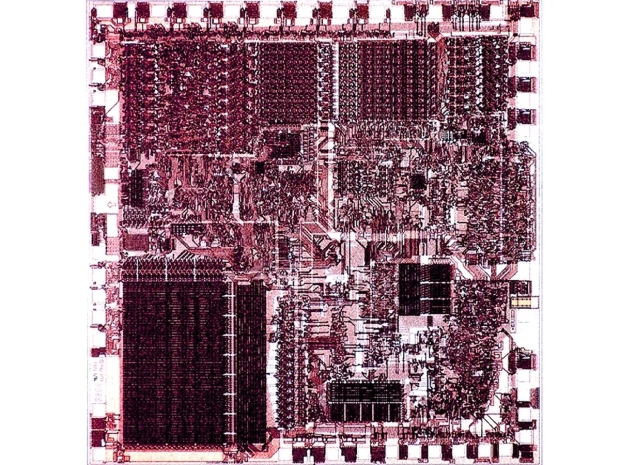The 8088 Microprocessor was launched in 1979 and was Intel's first significant CPU, to bring its x86 architecture into prominence. It was the successor to the very first x86 CPU, the 8086 Microprocessor, created earlier.
Although the 8088 was only slightly better than the 8086, IEEE Spectrum reports that it's remembered as a pivotal moment in history that helped Intel become a dominant player in the industry for decades.
The 8088 Microprocessor operated at a blistering 5MHz, which was a massive improvement—50 times faster—compared to the 4004-chip released eight years earlier. It also had 29,000 transistors, over 12 times more than its predecessor.
Today, the number of transistors in CPUs and graphics cards is vastly greater. For instance, Nvidia's H200 GPU, which trains AI models, contains 80 billion transistors. A notable advancement in the 8088 over the 8086 was its full 16-bit internal architecture, paired with an 8-bit data bus.
The 8088 was also crucial for the IBM Model 5150, also known as the IBM Personal Computer (IBM PC), which was one of the first to use it upon its release in 1981. The iconic IBM PC's success was partly due to the power of Intel's CPU at the time. It came with either 16KB or 64KB of RAM, expandable to 640 KB. IBM chose the 8088 for its competitive pricing and availability, as mentioned in InfoWorld in 1982.
The first microcomputer, the Q1, which is thought to have influenced modern PCs, also used the Intel 8088 Microprocessor. This device had 16KB of memory, operated at 800kHz, and featured an unusual built-in orange flat-panel plasma display.




